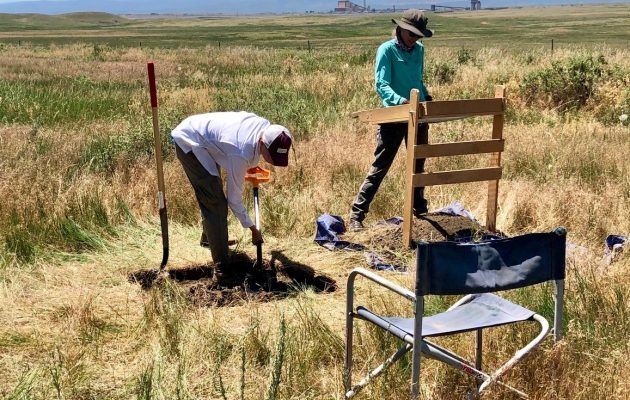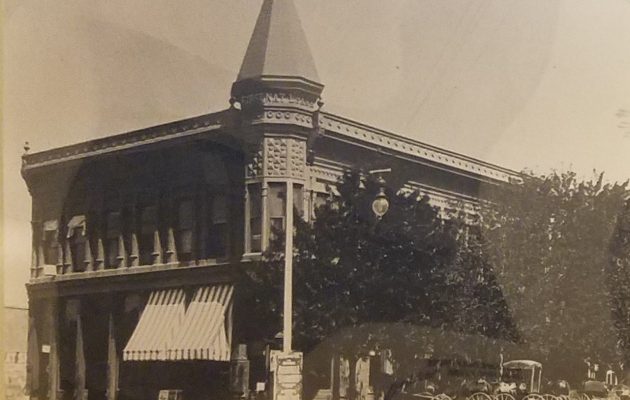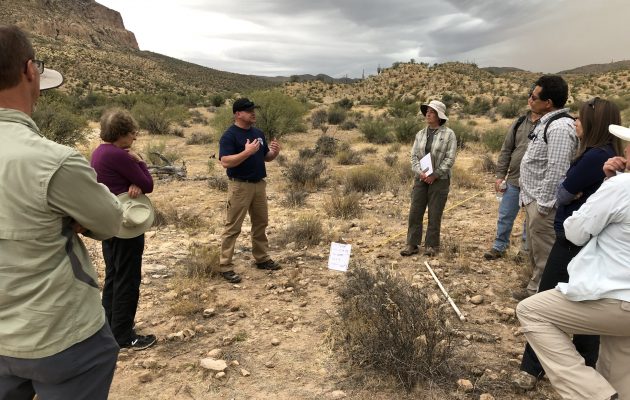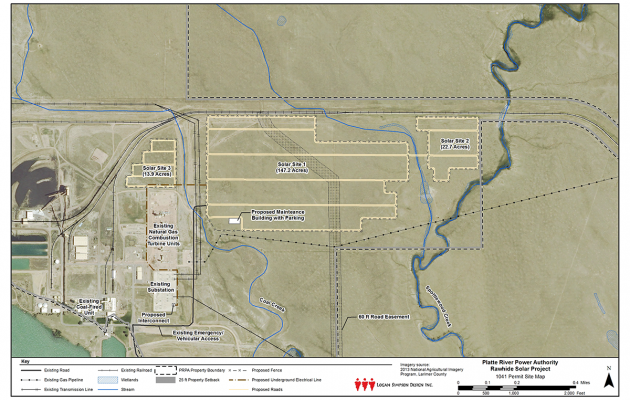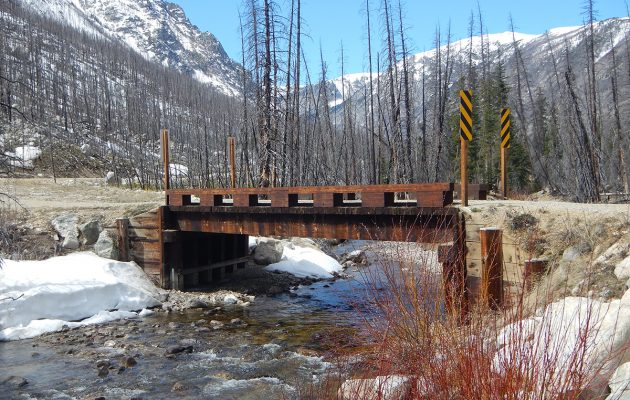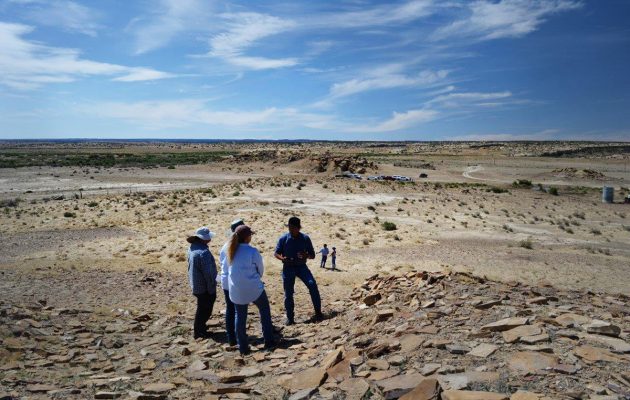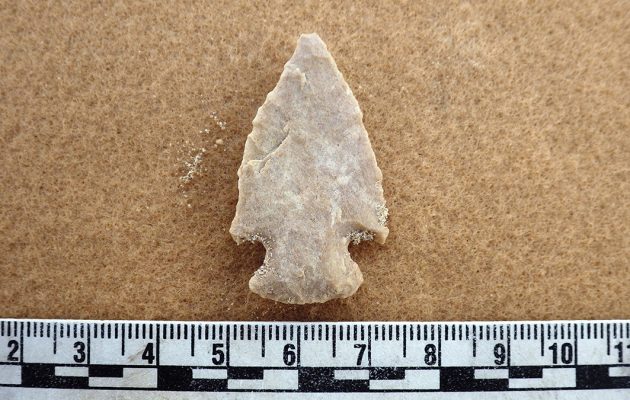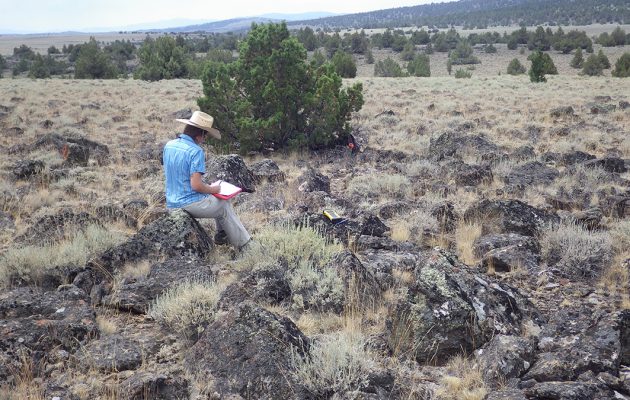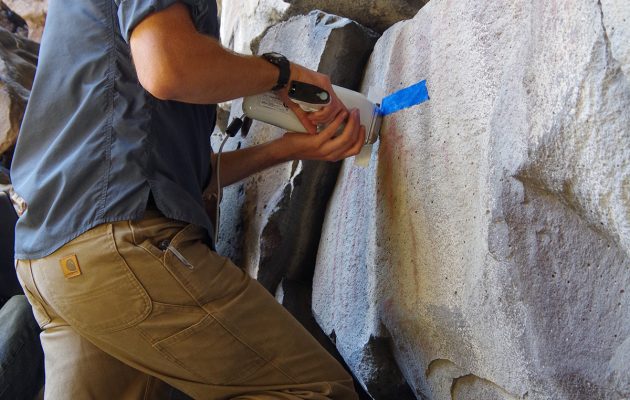Roundhouse Renewable Energy Project
- posted in
The Roundhouse Renewable Energy Project included: a Class I literature Review, Class III archaeological survey, mitigation/excavation of a multi-component site, leading cultural resources training for construction personnel, and conducting archaeological monitoring during construction. The linear transmission line consisted of 28 miles of cultural survey that included full documentation of previously recorded and newly recorded archaeological sites within the project area and providing recommendation of their eligibility to the National Register of Historic Places (NRHP). A full Class III survey report was prepared for submittal to the State Historic Preservation Office.
The survey area encompasses a variety of prehistoric and historic sites. Prehistoric sites included lithic scatters and habitation sites, while historic sites included mining complexes, sheep ranches, and homesteads. After the completion of the cultural survey, the Logan Simpson project manager developed an avoidance and testing plan for nine NRHP-eligible sites in advance of the construction of the transmission line towers. The testing plan included a variety of mitigation techniques including avoidance fencing, monitoring, trenching, test units, diagnostic surface collection and shovel testing. Site mitigation included systematic mechanical trenching, unit excavation and controlled surface collections. Laboratory analysis and curation took place at Colorado State University. The mitigation report is nearing completion, and Logan Simpson provided an archaeological monitor for the project to ensure that NRHP-eligible sites are not disturbed during construction.

